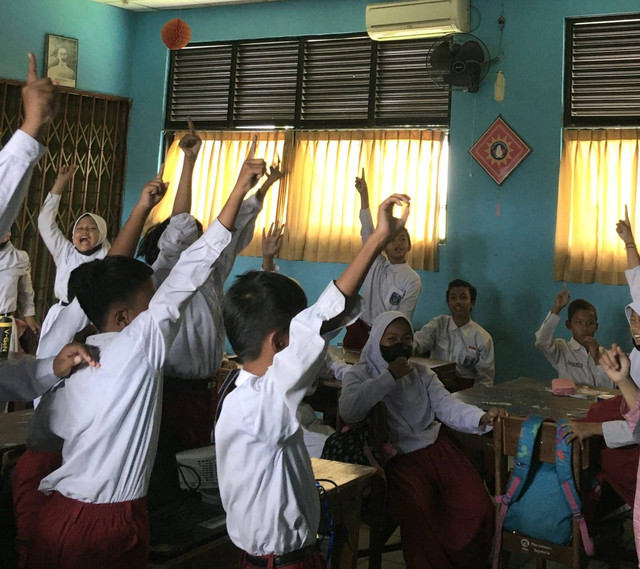Tentang KamiPedoman Media SiberKetentuan & Kebijakan PrivasiPanduan KomunitasPeringkat PenulisCara Menulis di kumparanInformasi Kerja SamaBantuanIklanKarir
2025 © PT Dynamo Media Network
Version 1.103.0
Konten dari Pengguna
Implementing Differentiated Instruction for Inclusive Education in Schools
30 Desember 2024 12:20 WIB
·
waktu baca 3 menitTulisan dari Devinta Fajar Lestari tidak mewakili pandangan dari redaksi kumparan

ADVERTISEMENT
Inclusive education is an approach aimed at creating equal opportunities for all students to receive education, including those with special needs. In the context of education in Indonesia, the implementation of inclusive education in schools is crucial to achieve justice and provide equal rights for every student to receive quality education without discrimination. One effective method to support inclusive education is differentiated instruction. Differentiated instruction allows teachers to create learning experiences tailored to the learning needs and potential of each student, so that every student, including those with learning difficulties or special needs, can learn in a relevant and optimal way.
ADVERTISEMENT
Differentiated instruction is a strategy that accommodates various differences in students' abilities, learning styles, and interests. In inclusive education, this approach is highly relevant because it emphasizes flexibility in organizing content, methods, and assessments. Teachers can implement various strategies such as content, process, and product differentiation. This instructional strategy can help students achieve optimal learning outcomes because the content, process, and learning results are designed to match each student's abilities and developmental levels.
The successful implementation of inclusive education requires support from various parties, including school principals, teachers, and parents. School principals must create an inclusive culture within the school by providing training for teachers on the principles of inclusive education and differentiated instruction. Additionally, teachers need to have a deep understanding of student diversity and develop skills in designing teaching strategies that can reach all students. Therefore, at the beginning of the learning process, it is important for teachers to understand the characteristics, abilities, and learning profiles of students in order to identify each student’s learning needs. Collaboration among school components, including parents, is essential to support the achievement of inclusive education goals at school.
ADVERTISEMENT
Furthermore, to achieve optimal learning, technology can also be a very useful tool in supporting inclusive education and differentiated instruction. The use of assistive technologies, such as educational software and apps that can be customized to the needs of students, allows students with special needs to learn in a more interactive and engaging way. Technology also facilitates teachers in providing more varied assessments that match each student's abilities. Therefore, technology can help create an inclusive learning environment that supports student diversity.
The implementation of inclusive education integrated with differentiated instruction in schools can create a more inclusive, fair, and responsive environment to meet students' needs. Although there are challenges in its implementation, with the right support from all parties, inclusive education can bring great benefits, both for students with special needs and for the school. By continuously developing this approach, it is hoped that the quality of education in Indonesia will improve, and all students will experience learning that suits their diindividual potential.
ADVERTISEMENT

